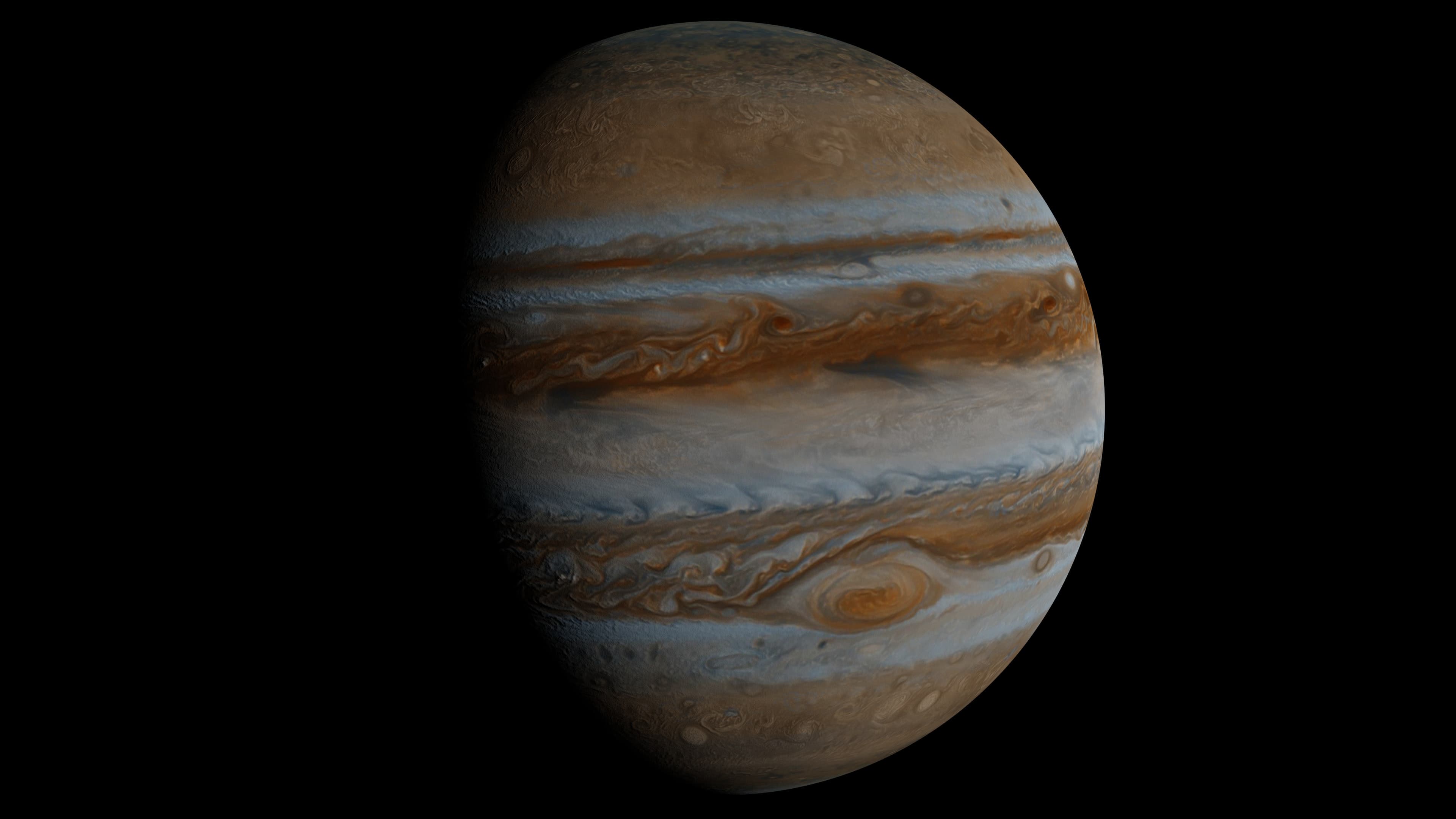Wait, There’s An Ocean on Europa?
Yeah, you read that right! Scientists are almost certain that Europa, one of Jupiter’s moons, is hiding a massive ocean under its icy shell. The James Webb Space Telescope is offering some juicy clues about what's going on down there. And guess what? The findings could change how we look for life elsewhere in the universe.
CO2: It's Not Just for Soft Drinks
So, one of the big questions has been: Does this hidden ocean have the right stuff to support life? Finding CO2 (carbon dioxide) on the moon's surface is a big clue. Scientists from two different U.S. teams dug into this and published their findings in the journal Science.
Mapping Out the Hotspots
The researchers focused on a specific area called Tara Regio, which is like a big chaotic terrain filled with cracks and ridges. This area had the most CO2, and scientists think it might be linked to the ocean below. They used the Webb telescope's near-infrared spectrometer to make this discovery. Pretty cool, huh?
What's with the Chaos Terrain?
Nobody's sure what makes this terrain so chaotic. One theory suggests that warm water from the ocean could be melting the ice, making it all jagged and uneven. Either way, something wild is happening under that icy surface.
Salt, Too? This is Getting Interesting
It’s not just CO2 that’s got scientists buzzing. Table salt has also been found in Tara Regio. Samantha Trumbo, a planetary scientist, said we’re starting to learn more about what the internal chemistry might look like. So, CO2 and salt—could be that Europa’s ocean is more than just a pool of freezing water.
More Eyes on Europa
Don't worry; more missions are on the way to explore Europa and its icy pals. The European Space Agency launched the Juice probe, which will pass by Europa twice in 2032. And NASA's got the Europa Clipper mission lined up for 2024.
Will We Find E.T. There?
Let's not get too ahead of ourselves. Even if there's a chance of life, it's most likely going to be microscopic. But hey, that would still be a mind-blowing discovery!
Closing Thoughts
The James Webb Space Telescope is helping us uncover some of the universe’s best-kept secrets. Whether Europa's ocean could harbor life is still a big question mark, but each clue gets us closer to understanding our universe a little better.
P.S. What is E.T.?
E.T. stands for "Extra-Terrestrial," which is often used to describe life forms that originate outside of Earth. The term became widely popular due to the 1982 science fiction movie "E.T. the Extra-Terrestrial," directed by Steven Spielberg. In the film, E.T. is a friendly alien stranded on Earth who befriends a young boy as he tries to find a way to return home. In the context of the article, "Will We Find E.T. There?" is a colloquial way of asking whether we might discover extraterrestrial life on Europa, one of Jupiter's moons.
